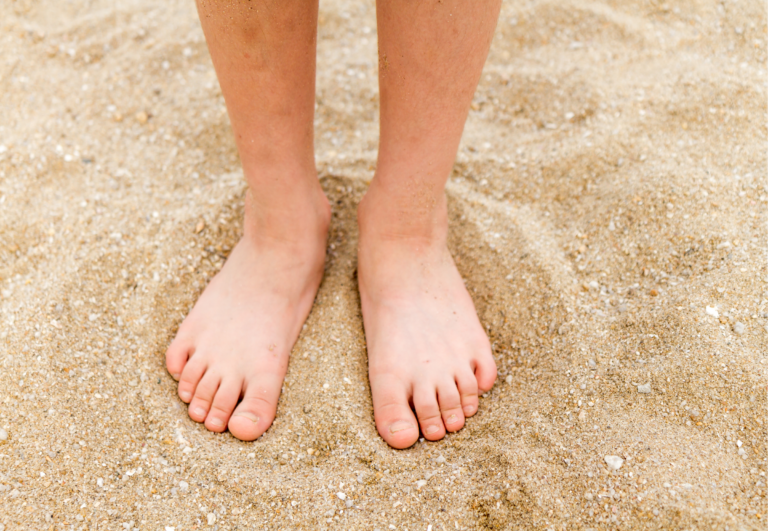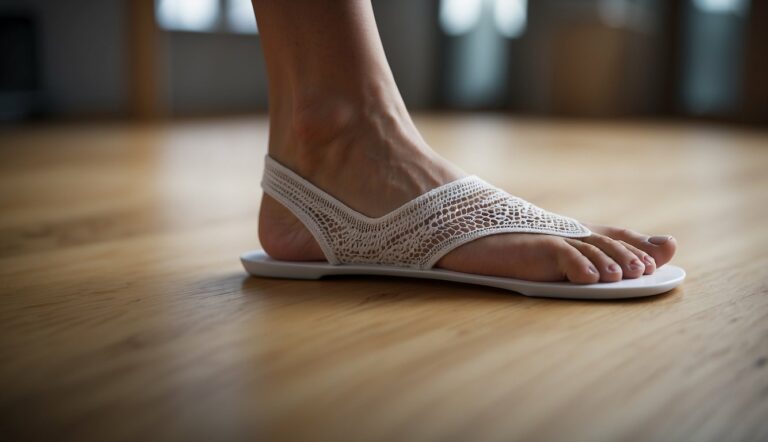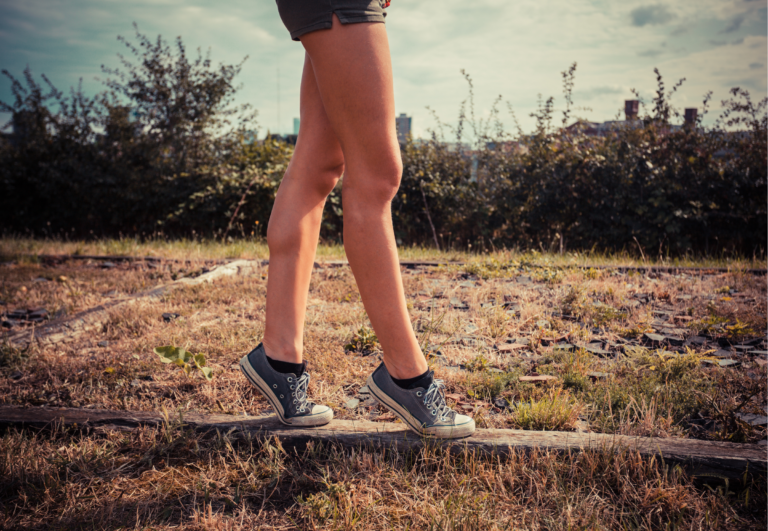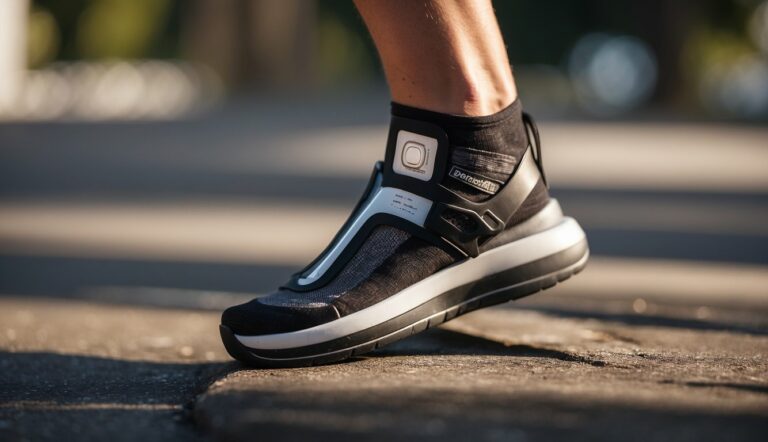How Toe Spacers Can Help With Foot Fatigue: Exploring the Potential Benefits
From my own experience with toe spacers, I’ve found that they are an effective solution for those suffering from foot fatigue. These small devices, designed to fit between your toes, can provide immediate comfort by addressing the alignment and separation of the toes. For individuals who spend long hours on their feet or frequently wear restrictive footwear, toe spacers may offer a simple way to alleviate discomfort and promote better foot health.
My use of toe spacers has also highlighted their potential benefits in preventing the compounding effects of toe crowding, which often contributes to foot fatigue. By gently encouraging the toes into a natural spread, these spacers can reduce the strain on the muscles and ligaments of the foot. This can be especially important for maintaining balance and support throughout a busy day.

How Toe Spacers Can Help With Foot Fatigue
Toe spacers are a simple tool that can offer significant relief for those experiencing foot fatigue.
By separating and aligning the toes to their natural position, they can help distribute body weight more evenly across the foot. This can alleviate strain on certain areas of the foot that may be overworked, leading to fatigue. Additionally, toe spacers can help “awaken” underused muscles in the foot and lower leg, potentially reducing fatigue by improving overall foot function and flexibility.
Here are some ways toe spacers can help with foot fatigue:
- Realign the toes: Toe spacers can help in realigning the toes, which can enhance foot flexibility and function, potentially reducing fatigue.
- Reduce muscle fatigue: The improved alignment may also reduce muscle fatigue, allowing for better endurance during activities.
- Improve balance and stability: With a more even distribution of body weight across the foot, balance and stability are improved, which can prevent overcompensation and fatigue in certain foot muscles.
- Stimulate underworked muscles: By spreading the toes, toe spacers can stimulate muscles that have been underused, helping to strengthen them and reduce the sensation of fatigue.
- Enhance recovery: For athletes or those on their feet for extended periods, using toe spacers can assist in the recovery and prevention of foot fatigue.
Benefits of Toe Spacers
Toe spacers are designed to address a range of foot issues by positioning the toes into a more natural and aligned state. Here are the key benefits you might experience when using them.
Alignment and Pain Relief
Using toe spacers can significantly improve toe alignment, particularly for the big toe, which is often subject to pressure from tight shoes. Proper alignment can lead to pain relief, because when the toes are correctly spaced, it can reduce the stress on the foot. As someone who values foot health, I have noticed that regular use of toe spacers can ease the discomfort from bunions, hammertoes, and even general foot pain.
Improvement in Foot Conditions
Another benefit I’ve seen is the potential improvement in chronic foot conditions like hallux valgus and plantar fasciitis. Toe spacers work by reducing pressure on the plantar fascia and by promoting a more natural toe spread, they can aid in preventing and improving conditions like corns, calluses, and bunions.
| Condition | How Toe Spacers Help |
|---|---|
| Bunions | Reduces pressure and improves alignment |
| Corns & Calluses | Decreases friction between toes |
| Hallux Valgus | Aligns the big toe and relieves pressure |
Enhanced Mobility and Strength
Finally, from an athletic perspective, I have experienced that toe spacers can improve foot strength and mobility. This boost in function can translate into better balance and overall performance during physical activity. Athletes often use toe spacers to maintain foot health and enhance their ability to move freely and powerfully.
- Mobility: Allows for a greater range of movement in the toes.
- Strength: Strengthens muscles in the foot by permitting the toes to spread naturally.
By incorporating toe spacers into footcare routines, individuals may see a notable improvement in foot fatigue, resilience, and comfort.
Toe Spacers for Specific Populations
In my experience with toe spacers, I’ve noted their particular effectiveness among specific groups who may experience unique foot-related challenges.
Athletes and Physical Fitness
Athletes across various disciplines may find enormous benefit in using toe spacers. Not only can they provide relief from the pain associated with rigorous training, but they can also aid in recovery. Let me break it down:
- Running/CrossFit: Toe spacers help in maintaining proper alignment, which can improve athletic performance and reduce the risk of injury.
- Yoga/Stretching: They can enhance the stretching of the plantar fascia, vital for flexibility and injury prevention.
Here is a summarized view of the benefits:
| Sport | Benefit of Toe Spacers |
|---|---|
| Running | Reduced risk of injuries |
| CrossFit | Balanced foot pressure |
| Yoga | Enhanced stretching capabilities |
| General Athletic Use | Improved recovery times |
Medical Considerations and Healthcare
In healthcare, toe spacers have been recognized for their potential to support individuals with various conditions.
- Arthritis/Diabetes: For those managing arthritis or diabetes, toe spacers can help alleviate joint pain and promote better circulation.
- Injury Rehab: Healthcare professionals often recommend toe spacers during the rehab process to help realign the toes and mitigate the impact of injuries.
It’s worth noting, while I’m seasoned in using toe spacers, I strongly recommend consulting with a podiatrist or other qualified healthcare provider for personalized advice. They can confirm the suitability of toe spacers for your condition and overall foot health.
Selection and Care of Toe Spacers
In my experience with toe spacers, the two key elements to consider are selecting the right type for your needs and maintaining proper hygiene to ensure continued comfort and effectiveness.
Choosing the Right Fit and Size
Choosing toe spacers involves finding a balance between function and comfort. Here’s my approach:
- Materials: Silicone is widely preferred due to its flexibility, comfort, and easy cleaning. Select spacers that are soft and non-irritating.
- Fit: Ensure the toe spacers fit snuggly around the toes, particularly the big toe, to avoid slipping and friction. They shouldn’t constrict blood flow or cause discomfort.
- Small/Medium: Best for smaller feet or lesser toe deformities.
- Medium/Large: Suited for larger foot sizes or more significant spacing needs.
Conditions:
- For conditions like flat feet, choose spacers that provide arch support.
- If you have bunions or hammertoes, look for designs tailored to alleviate pressure on the affected areas.
Maintenance and Hygiene Practices
Keeping toe spacers clean is crucial to prevent infection and ensure longevity. Here’s my routine:
- Cleaning: Wash spacers with mild soap and warm water after each use. Dry thoroughly before storing.
- Inspection: Regularly inspect for signs of wear and tear. A damaged spacer can cause more harm than good.
- Storage: Keep your set of spacers in a clean, dry place when not in use.
Hygiene Tips:
- Rotate: If possible, rotate between multiple pairs to allow complete drying and maintain hygiene.
- Avoid Sharing: Never share your toe spacers with others to prevent cross-contamination.
When wearing toe spacers, especially during the initial stages, it may be wise to start with short periods, such as while resting or sleeping in bed, to allow your ligaments to adjust gently. Always consult with a healthcare professional if you’re using toe spacers to address a medical condition.
Integrating Toe Spacers Into Daily Routine
I’ve found that using toe spacers offers a simple yet impactful way to address foot fatigue. The key is to embed their use into your usual daily activities and choose the right footwear to support their benefits.
Incorporation in Everyday Activities
When I weave toe spacers into my daily life, I focus on times when my feet are at rest to allow the intrinsic muscles to engage without the added pressure of body weight. This includes periods when I’m seated at my desk or relaxing at home. A structured routine might look like this:
- Morning: Insert toe spacers for 10-15 minutes during breakfast.
- Midday: Reapply toe spacers during lunch break to alleviate midday foot fatigue.
- Evening: End the day with 30 minutes of toe spacer use to encourage relaxation and circulation before bed.
I also incorporate them into my workout cooldowns, as this is when my muscles are warm and pliable. This approach maintains the balance and stability of my feet without disrupting my daily schedule.
Footwear and Toe Spacers
Choosing the right footwear is critical when using toe spacers. Here’s what I recommend:
Avoid Narrow Toe Boxes: Shoes with narrow front designs can negate the benefits of toe spacers. I ensure my shoes have a wide toe box to allow my toes to remain spread.
Limit High Heels Use: High heels can exacerbate foot fatigue and contribute to hallux valgus angle problems. I limit my use of high heels and opt for footwear with proper cushioning and support.
Consider Insoles: For additional support, I sometimes use insoles that have a design compatible with toe spacers.
Proper Cushioning: I select shoes with ample cushioning to aid the allevation of foot pain.
Footwear Adaptability: I look for footwear that accommodates toe spacers without constriction, enhancing the benefits during movement.
By carefully selecting my footwear and integrating toe spacers into my daily activities, I effectively manage foot fatigue, promote my foot health, and enjoy a comfortable stride.
Overview of Toe Spacers
Toe spacers are designed to alleviate discomfort and promote foot health by encouraging natural toe alignment. While I’m not a doctor, my extensive experience with toe spacers can help guide you through their types, usage, and benefits for foot biomechanics.
Types and Materials
Toe spacers come in various forms, each with a specific material and purpose. The most common types are:
- Silicone or Gel: These toe spacers are soft, flexible, and can be worn comfortably for extended periods. They typically fit snugly between toes and are great for daily wear.
- Foam: Foam toe spacers are often used for temporary relief, such as during a pedicure, due to their softer structure.
- Yoga Toes: These are designed for more active sessions, such as during yoga, to enhance balance and stability.
Proper Usage and Application
To achieve maximum benefit, it’s important to use toe spacers correctly:
- Fit them snugly: They should fit comfortably between your toes without causing pain.
- Start gradually: Wear the spacers for short periods initially, then increase as your feet adapt.
- During rest: For beginners, it’s often best to wear them while resting or sleeping, before incorporating them into active use.
Biomechanics of Toe Separation
By separating the toes, toe spacers can improve foot health in several ways:
- Balance and Stability: Separated toes provide a wider base of support, improving overall balance and ankle stability.
- Gait and Posture: Proper toe alignment contributes to a more natural gait and can influence posture positively.
- Foot Muscles: Consistent use helps in stretching and strengthening the intrinsic muscles of the foot, which can lead to better overall foot comfort.





